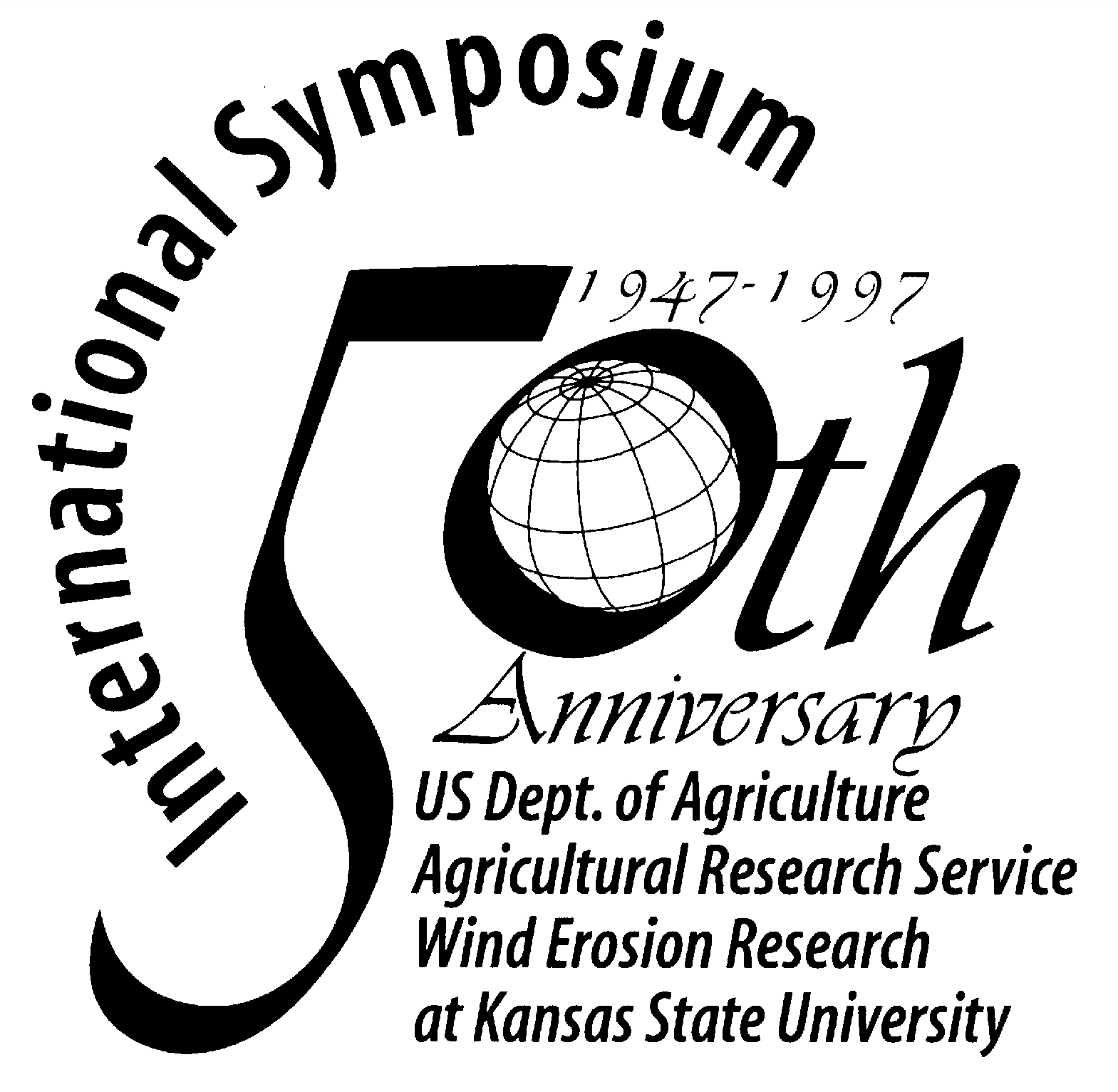|
Fugitive
Dust Generation in the Laboratory
Thomas E. Gill, Ted M. Zobeck, John E. Stout, and James M. Gregory
Abstract
Production and collection of fugitive dust in the laboratory, as opposed to the field,
facilitates improved control and measurement of the physical processes associated with
aerosol generation. We developed a system to investigate the generation, particle size,
and PM10 content of airborne dust. An aerosol generation chamber produces dust
by controlled application of kinetic energy to a source sample. Instruments in the
dust-transport and settling regions of the system measure aerosol size spectra and the
amount of PM10 evolved by a sample. We used this system to investigate the
ability of different soils and road surfaces to produce dust, and to show how dust
generation and production properties of a material change as a dust event progresses and
soil aggregates break down. For soils near Lubbock, Texas, sandy loams produced more PM10
than did clay soils or sand under the same experimental conditions, although PM10
as a fraction of all dust produced was highest for the sand. An unpaved road surface was
more "dusty" than any of the soil types tested. Two fine sandy loam soils of
different series produced different amounts of dust with different particle size
characteristics, perhaps due to variations in aggregate stability and parent materials. |




